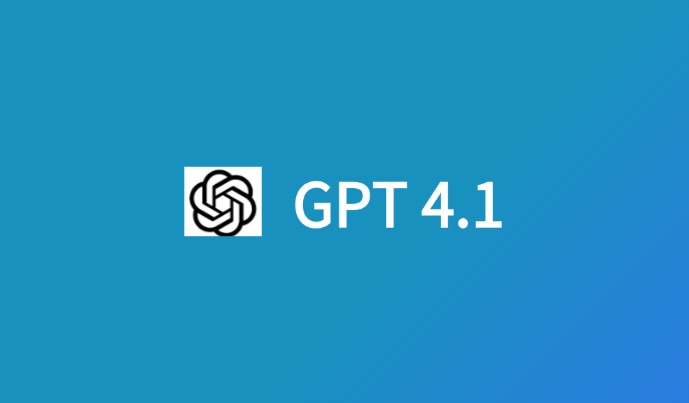Imagine starting work on a big research paper and feeling lost in all the information. Many people know this feeling. But what if there was a way to make sense of it all quickly? That’s where mind maps come in. Generating mind map from research paper is a visual way to organize complex data into something memorable.
Researchers, whether in academia, industry, or other fields, often need to process a vast amount of information to stay updated with the latest findings, validate their hypotheses, and support their work. A significant part of this information comes in the form of PDF files, which include academic papers, online journals, tables, and more.
Both students and professionals find mind maps helpful for breaking down detailed research papers. By using this method, they turn hard-to-grasp points into clear visuals. This makes it easier to understand and remember the information. Mind maps also turn boring text into fun study tools.
Key Takeaways
- Mind maps are a visual way to organize information.
- They help us understand, remember, and create new ideas from papers.
- Using them, giant PDFs become easier to work with and more fun to learn from.
- Mind mapping from research papers using iWeaver is a key study tool and help with organizing research.
Types of PDF Files Researchers Engage With
- Academic Papers: These include original research articles, review articles, and conference papers that provide new findings, theories, methodologies, and reviews of existing literature. Researchers need to critically read, analyze, and sometimes replicate the experiments or studies presented.
- Online Journals: Accessing the latest issues of relevant journals is crucial for keeping up with advancements in their field. These journals often compile multiple articles, reviews, and editorials in a single issue.
- Tables and Data Sets: Detailed data presented in tables, figures, and supplementary materials are essential for in-depth analysis. Researchers often need to extract, reformat, and interpret this data for their own studies.
- Books and Book Chapters: In-depth theoretical background and comprehensive coverage of specific topics are often found in books and book chapters. These texts are vital for gaining a thorough understanding of broader concepts.
- Theses and Dissertations: These documents provide extensive research on niche topics, often containing original research that has not been published elsewhere.
Why Researchers Need to Generate Mind Maps from Papers
Researchers often find it hard to handle and understand huge amounts of information.
There are some challenges for researchers in managing PDF files:
- Volume of Information: The sheer volume of materials can be overwhelming. Researchers might need to sift through hundreds of papers and documents to find relevant information.
- Organization and Retrieval: Keeping track of all the documents and being able to retrieve them quickly is a common challenge. Proper organization and efficient search capabilities are essential.
- Annotation and Note-Taking: Annotating PDF files, highlighting key points, and taking notes are crucial for effective information retention and future reference.
- Integration and Synthesis: Researchers need to integrate information from various sources, synthesizing insights to form a coherent understanding of their research topic.
- Accessibility: Ensuring that all documents are accessible on various devices and platforms, and that they are readable (e.g., avoiding issues with scanned documents or poor formatting), is important.
This is where mind map research becomes very useful. It turns complex data from papers into visual maps. This makes the information easier to understand and shows how it’s all connected.
Mind maps help improve how our brains work. They boost associative thinking and help recognize patterns. This makes it simpler to remember and combine new ideas. They work like our brains, helping us remember and understand better.

Also, they’re great for brainstorming. They aid both solo work and team projects. By using mind maps, working together helps make sense of hard ideas. It becomes simpler to build new knowledge based on what’s already known.
Mind maps help organize mountains of data and fit it to how our minds naturally work. This makes research more efficient and interesting. They turn the hard work of analyzing papers into a fun, productive task. Mind maps are an amazing tool to make research easier and more rewarding.
How to Create a Mind Map from Research Papers
Creating a mind map from research papers helps simplify complex information, especially when you need to read a bulk of research papers and journals. To create an intuitive mind map from research materials, simply follow these steps.
1. Decide The Resources of Your Key Information
First, you collect and group the key research papers and materials that you would like to read for key points and evidence in your research. It could be an online magazine, a research paper, an essay, an research infographic, an online journal, or any PDF document.

After you figure out how to arrange and organize your data, begin with the main topic and add related ideas. This makes your mind map tree easy to understand. It also helps you study better.



